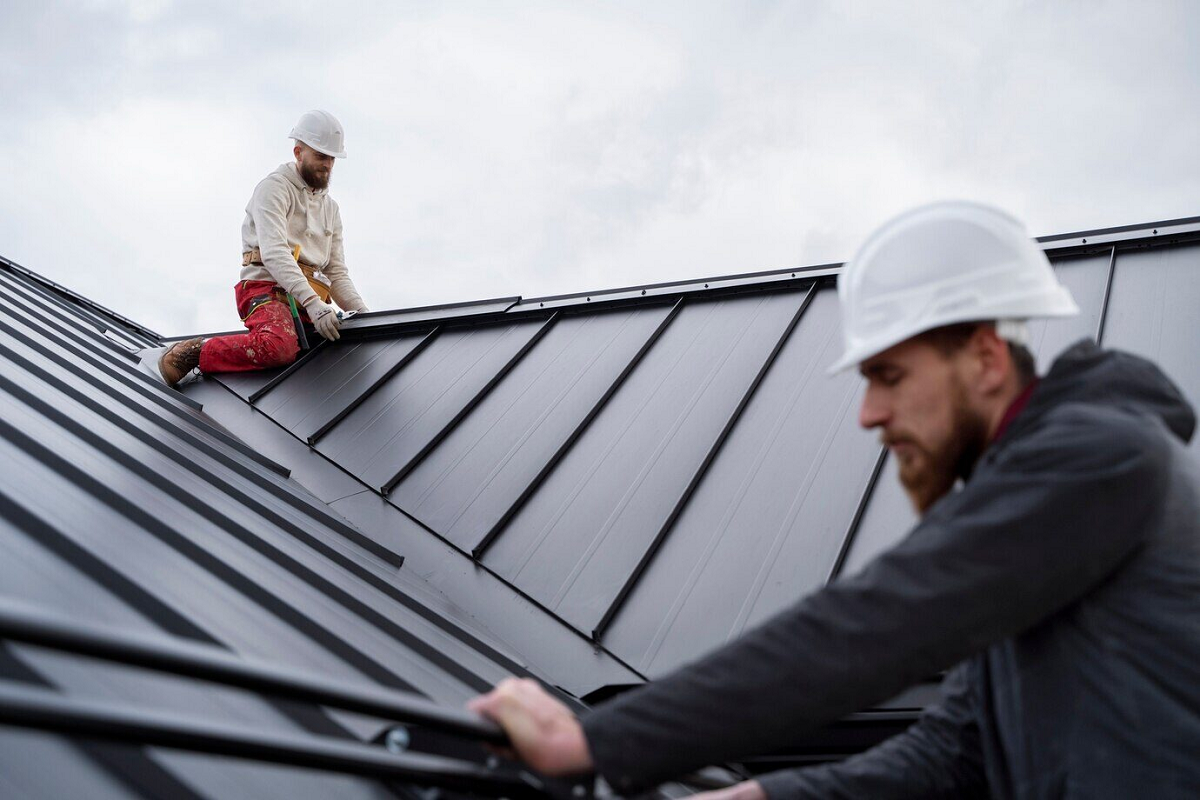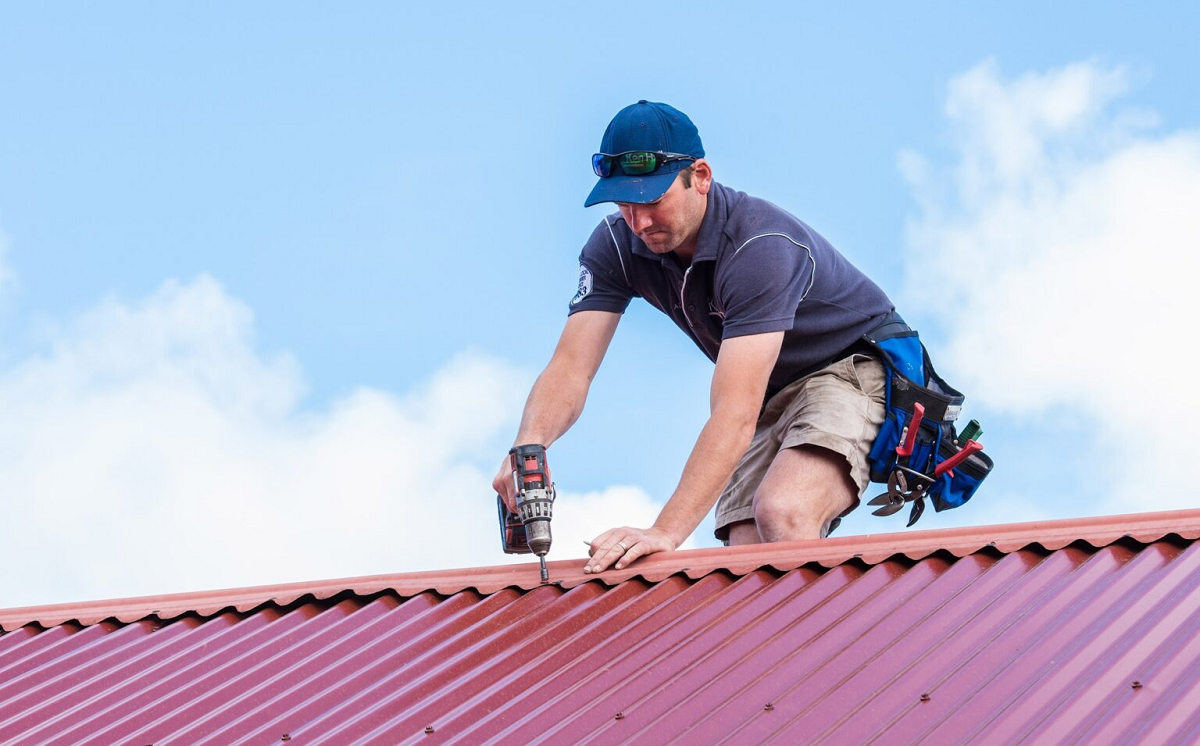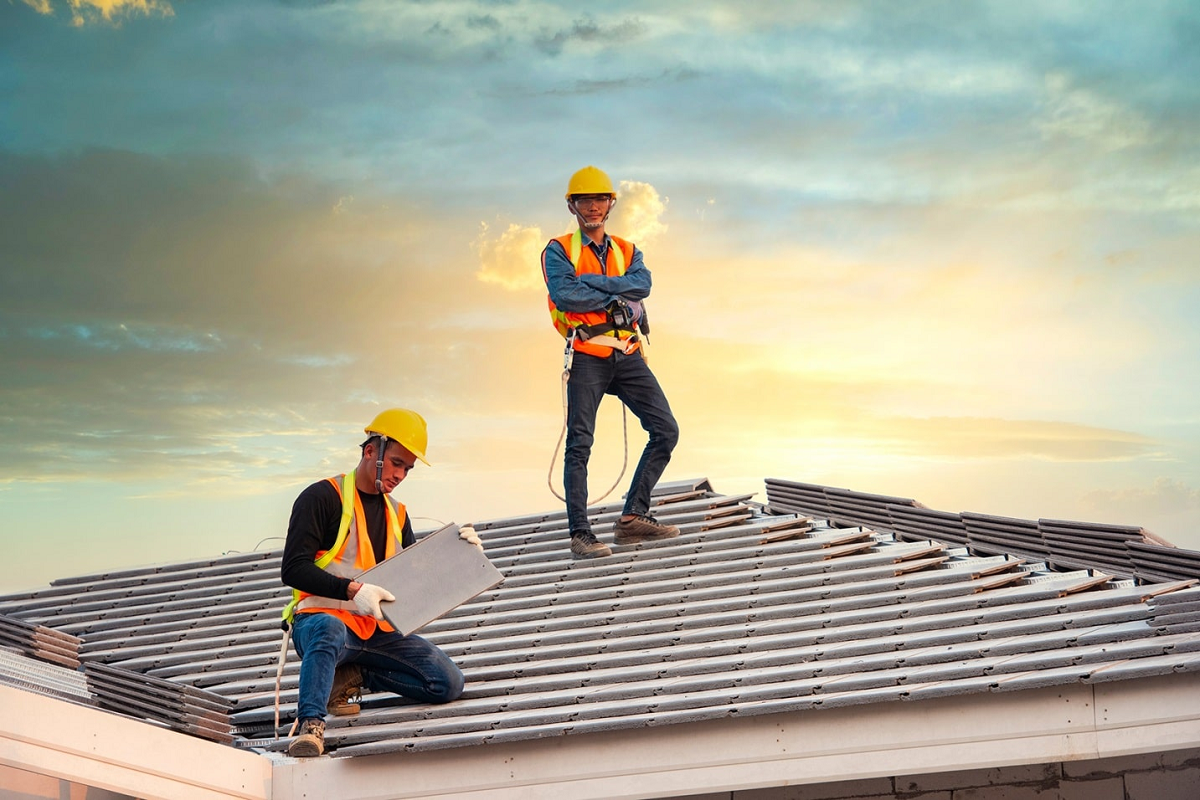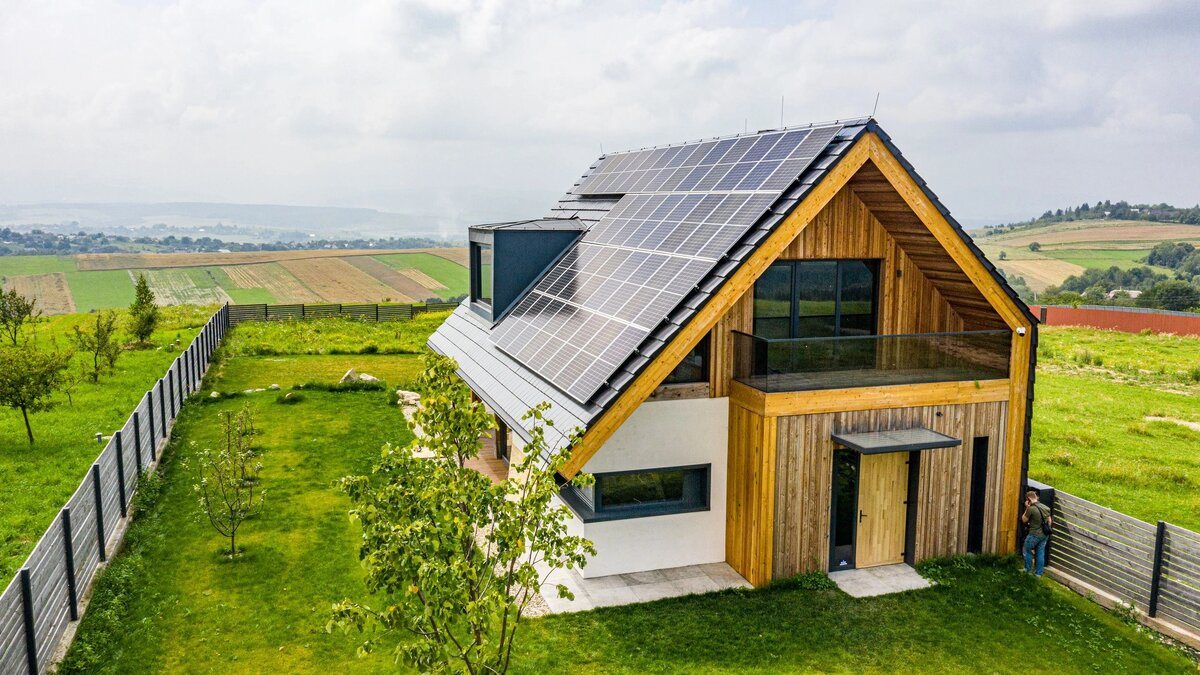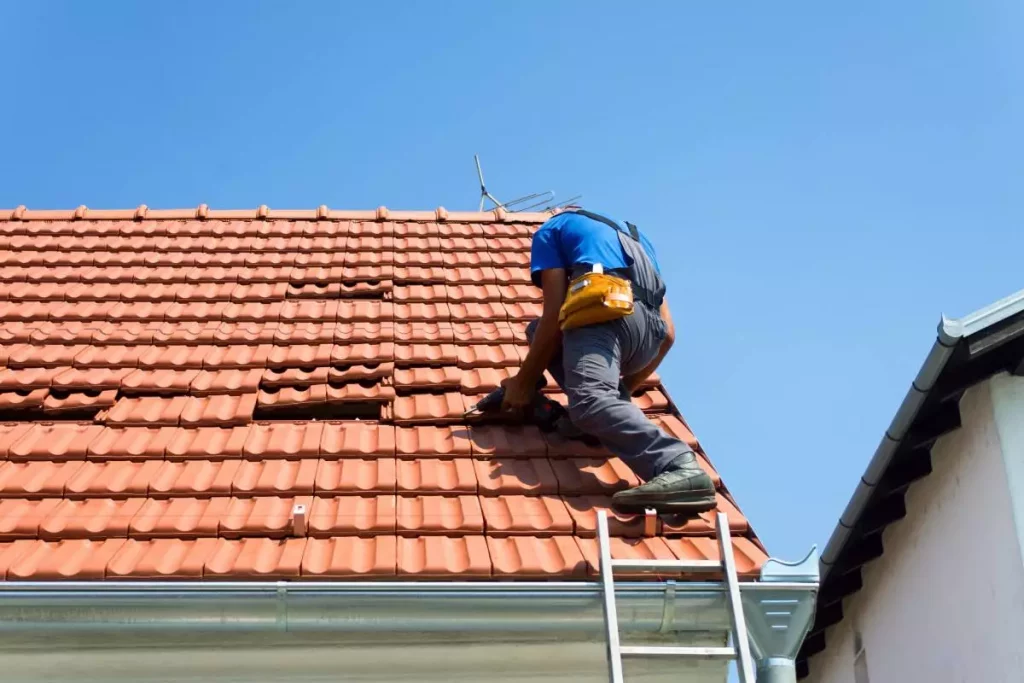Roofing Material Comparison: EPDM vs. TPO Roofing
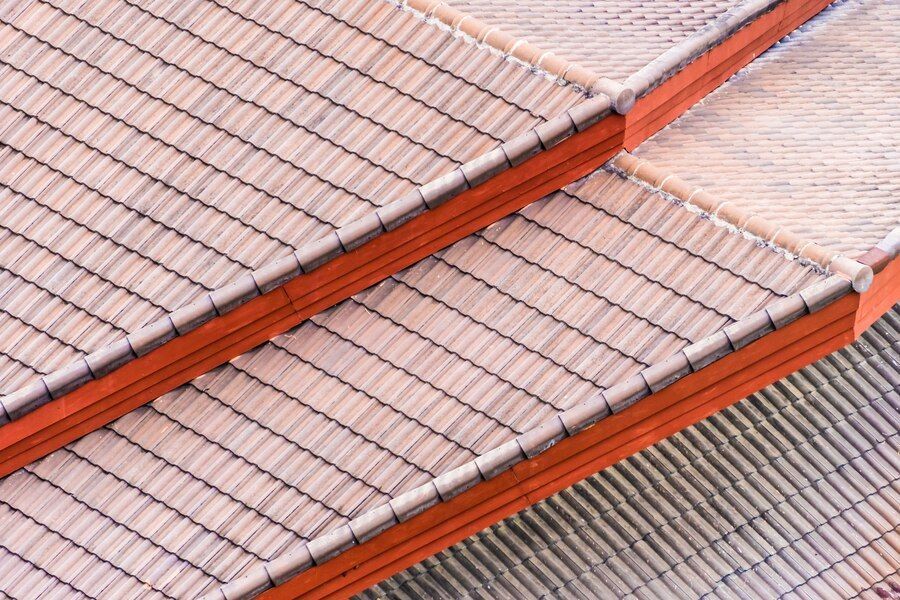
When it comes to roofing materials, EPDM (Ethylene Propylene Diene Monomer) and TPO (Thermoplastic Olefin) stand out as popular choices for commercial and residential roofs alike. Each material brings its own set of advantages and considerations to the table, making the choice between them a crucial decision for property owners and builders.
EPDM, a synthetic rubber membrane, is known for its durability, weather resistance, and ease of installation. On the other hand, TPO, a blend of rubber and plastic, offers excellent energy efficiency, UV resistance, and flexibility. In this comprehensive comparison, we'll delve into the characteristics, benefits, and drawbacks of both EPDM and TPO roofing systems.
By exploring factors such as cost, longevity, maintenance requirements, and environmental impact, you'll gain valuable insights to help you make an informed decision for your roofing needs.
Material Composition
EPDM (Ethylene Propylene Diene Monomer) and TPO (Thermoplastic Olefin) roofing materials differ significantly in their composition, affecting their properties and performance. EPDM consists of a synthetic rubber membrane derived from ethylene, propylene, and diene monomers. Its rubber-like texture provides excellent flexibility, allowing it to adapt to various roof shapes and sizes.
TPO, on the other hand, is a blend of rubber and plastic polymers, offering a more rigid structure compared to EPDM. This composition grants TPO roofing sheets superior strength and puncture resistance. Understanding the distinct material compositions of EPDM and TPO is crucial for evaluating their suitability for different roofing applications.
Durability and Longevity
Durability and longevity are paramount considerations when choosing roofing materials. EPDM roofing boasts exceptional durability, with a lifespan of up to 30 years or more when properly maintained. Its rubber composition renders it resistant to tears, punctures, and abrasions, ensuring long-term performance even in harsh weather conditions.
TPO roofing is also known for its durability, offering a lifespan comparable to EPDM. The thermoplastic nature of TPO enhances its resistance to chemical exposure and UV radiation, contributing to its longevity. However, the actual lifespan of both EPDM and TPO roofs can vary depending on factors such as installation quality, maintenance practices, and environmental factors.
Weather Resistance
EPDM and TPO roofing materials exhibit commendable weather resistance, making them suitable for various climates. EPDM's rubber composition provides inherent resistance to temperature fluctuations, moisture, and extreme weather conditions, including hail and wind.
This resilience ensures that EPDM roofs maintain their structural integrity and waterproofing properties over time. Similarly, TPO roofing demonstrates excellent weather resistance, with its thermoplastic properties enabling it to withstand temperature extremes without compromising performance.
Additionally, TPO's reflective surface helps to mitigate heat absorption, reducing thermal expansion and contraction that can lead to roof damage. Whether facing scorching summers or frigid winters, both EPDM and TPO roofing systems offer reliable protection against the elements.
Installation Process
When it comes to the installation process of roofing materials such as EPDM and TPO, several key considerations determine the efficiency and effectiveness of the project:
- Method Selection: Choose between fully adhered or mechanically fastened installation methods for EPDM roofing.
- Adhesive Application: Ensure proper bonding of the EPDM membrane to the roof substrate through meticulous adhesive application.
- Seam Welding: Employ heat welding techniques for TPO roofing to seamlessly fuse seams together, enhancing waterproofing.
- Fastener Placement: Secure EPDM membranes using strategically placed fasteners to ensure stability and longevity.
- Quality Assurance: Conduct thorough inspections throughout the installation process to identify and address any potential issues or deficiencies.
A well-executed installation process is essential for maximizing the performance and lifespan of roofing systems. By adhering to industry best practices and paying attention to detail, property owners can enjoy durable, reliable, and weather-resistant roofs that provide long-term protection for their investments.
Energy Efficiency
Energy efficiency has become a critical consideration in building design and construction, driving the demand for roofing materials that can help reduce energy consumption and lower utility costs. EPDM roofing's dark coloration absorbs heat, which can lead to increased cooling loads during hot weather. However, reflective coatings can be applied to mitigate heat absorption and enhance energy efficiency.
In contrast, TPO roofing's inherently white surface reflects sunlight, reducing heat transfer into the building and lowering cooling requirements. This inherent energy-saving property makes TPO roofing an attractive option for environmentally conscious building owners seeking to reduce their carbon footprint and operating expenses.
By choosing roofing materials that prioritize energy efficiency, property owners can create more sustainable and cost-effective building environments.
UV Resistance
Exposure to ultraviolet (UV) radiation can degrade roofing materials over time, compromising their performance and longevity. EPDM roofing demonstrates commendable UV resistance, thanks to its rubber composition, which contains UV stabilizers to prevent degradation from sunlight exposure.
Additionally, EPDM's dark coloration helps to absorb UV rays, reducing the extent of damage to the underlying membrane. TPO roofing also offers excellent UV resistance, with its thermoplastic composition inherently resistant to UV degradation. The addition of UV stabilizers further enhances TPO's ability to withstand prolonged sun exposure without experiencing significant deterioration.
By selecting roofing materials with robust UV resistance properties, property owners can ensure long-lasting protection for their buildings against the damaging effects of sunlight.
Flexibility and Ease of Repair
The flexibility and ease of repair of roofing materials are crucial factors in maintaining the structural integrity and waterproofing capabilities of a roof over its lifespan. EPDM roofing's rubber-like composition provides exceptional flexibility, allowing it to stretch and adapt to the movement of the building without compromising its integrity.
This flexibility simplifies the repair process, as damaged areas can often be patched or sealed with relative ease. Similarly, TPO roofing's thermoplastic nature affords it a degree of flexibility that facilitates seamless repairs.
Heat welding techniques can be employed to fuse damaged seams or patches, restoring the roof's waterproofing properties. The inherent flexibility and ease of repair of both EPDM and TPO roofing materials contribute to their longevity and cost-effectiveness over time.
Cost Considerations
Cost considerations play a significant role in the selection of roofing materials, as they can impact the initial investment and long-term maintenance expenses associated with a roofing system. EPDM roofing is generally more cost-effective than TPO roofing in terms of material and installation costs. Its affordability makes it a popular choice for budget-conscious property owners seeking durable and reliable roofing solutions.
TPO roofing, while slightly more expensive than EPDM upfront, offers competitive long-term value due to its energy efficiency, durability, and ease of maintenance. Additionally, the availability of various installation methods and membrane thickness options allows property owners to tailor TPO roofing systems to their specific budget and performance requirements.
By weighing the upfront costs against the long-term benefits, property owners can make informed decisions regarding the most cost-effective roofing solution for their needs.
Maintenance Requirements
Ensuring the longevity and performance of your roofing system requires regular maintenance to address wear and tear, prevent leaks, and preserve its structural integrity. Routine inspections, cleaning, and minor repairs are essential to mitigate potential issues and extend the lifespan of your roof. Here are some key maintenance requirements for maintaining your roofing system:
- Regular Inspections: Conduct thorough inspections at least twice a year to identify any signs of damage, such as cracks, tears, or loose shingles.
- Cleaning: Keep your roof free from debris, leaves, and branches to prevent moisture buildup and minimize the risk of water damage.
- Clearing Gutters: Regularly clean and clear your gutters to ensure proper drainage and prevent water from pooling on the roof.
- Sealant Inspection: Check the condition of sealants around vents, skylights, and chimneys to ensure they remain watertight and secure.
- Professional Maintenance: Consider scheduling annual maintenance inspections with a professional roofing contractor to address any potential issues and ensure your roof remains in optimal condition.
Prioritizing regular maintenance for your roofing system is essential to protect your investment, prevent costly repairs, and maintain the safety and integrity of your home or building. By staying proactive and addressing maintenance requirements promptly, you can prolong the lifespan of your roof and enjoy peace of mind knowing your property is well-protected against the elements.
Environmental Impact
The environmental impact of roofing materials is becoming increasingly important as sustainability concerns continue to rise in the construction industry. EPDM roofing is considered an environmentally friendly option due to its recyclability and minimal environmental impact during production and installation. Additionally, EPDM's long lifespan and energy-saving potential contribute to its overall sustainability profile.
TPO roofing also offers environmental benefits, with its recyclable materials and energy-efficient properties aligning with green building standards and initiatives. Both EPDM and TPO roofing materials can contribute to LEED (Leadership in Energy and Environmental Design) certification and other sustainability goals when installed as part of a comprehensive green building strategy.
By choosing roofing materials with favorable environmental attributes, property owners can minimize their ecological footprint and support sustainable building practices.
The comparison between EPDM and TPO roofing materials reveals a nuanced landscape where each option offers unique advantages and considerations. Whether prioritizing durability, weather resistance, energy efficiency, or environmental impact, property owners must carefully weigh the factors outlined in this analysis to make an informed decision that aligns with their specific needs and preferences.
At Avalon Roofing Services, we understand the importance of choosing the right roofing solution for your investment, home, and family. With over 30 years of experience serving Manteca, we take pride in being one of the most established and trusted names in the roofing industry, accredited by the Better Business Bureau as an A+ roofing contractor.
If you're considering EPDM or TPO roofing for your property, contact us today at (209) 380-1275 or reach out via email at contact@avalonroofing209.com. Let us help you protect what matters most with our expertise and dedication to quality craftsmanship. Remember, it's not just a roof – it's your peace of mind. (CA. LIC#: 1075996)

